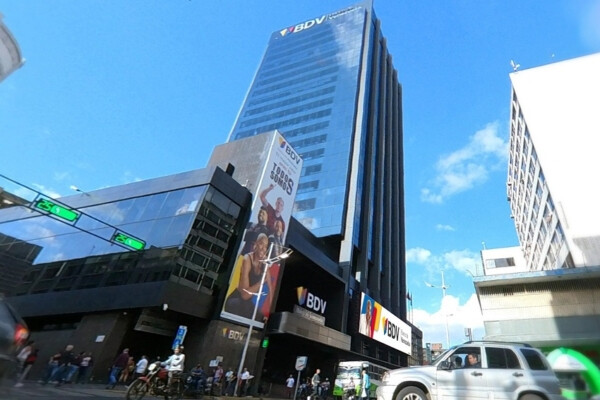
In July 2025, the Paraguayan financial system presented a paradox of a moratorium problem alongside excellent profitability. According to the monthly report from the Central Bank of Paraguay (BCP), the delinquency rate for the entire banking system improved by 0.3 percentage points to 2.6%, down from 2.9% in the previous year. This is interpreted as a positive sign of improving financial health. However, a closer look reveals a distinct concentration of moratoriums in specific banks.
Stark Delinquency Rate Disparity
While the average delinquency rate for the overall banking system decreased, some banks are still struggling with high delinquency rates and difficulties in managing financial health. The bank with the highest moratorium rate was Banco de la Nación Argentina at 22.8%, which is significantly higher than the system average. Although much lower than Banco de la Nación Argentina, the state-owned Paraguayan bank, Banco Nacional de Fomento (BNF), also recorded a 5.1% delinquency rate, ranking among the top 5 banks with the highest rates.
BNF's high delinquency rate is a cause for concern. Because this bank plays a crucial role in funding the productive and social sectors, questions are being raised about its ability to recover bad loans and the efficiency of its credit management.
In contrast, some banks have almost no moratoriums. Banco do Brasil and Citibank recorded a 0.0% delinquency rate, while ueno bank maintained a very low level at 0.6%. Solar Banco SAE (3.7%) and Banco Familiar SAECA (3.6%) had delinquency rates higher than the system average, but still at a manageable level.
High Profitability, Yet Remaining Challenges
Despite this imbalance in delinquency rates, the Paraguayan banking system as a whole showed high profitability. Total profits in July 2025 were $87 million, achieving a record growth of 63.9% compared to the same period last year. This suggests that banks were effectively generating profits even in a challenging economic environment.
Banco Itaú, Banco Continental, and Sudameris Bank recorded the highest profits for the month. On a cumulative annual basis, Banco Itaú and Banco Continental also led, and BNF showed a unique trend of ranking high in profitability despite its high delinquency rate.
This means that while BNF showed vulnerabilities in credit management, it achieved financial success by generating high profits from loan interest and other financial services. However, this increase in profitability makes managing the delinquency rate even more critical.
In conclusion, the Paraguayan banking system is continuing its growth trajectory based on solid profitability, despite the concentration of non-performing loans in some banks. However, for long-term stability, it is now crucial to strengthen risk management and improve credit management policies for banks with high delinquency rates.
[Copyright (c) Global Economic Times. All Rights Reserved.]




























